If you have ever witnessed a dog fight, you know they are scary. Even if no dogs are hurt, it sounds like they are killing each other – and sometimes they do. While many people have been told what to do if there is a dog fight, it’s best to know how to avoid a dog fight altogether. The following tips can help you stop dog fights before they happen.
#1 – Know Your Dog
The first and most important thing is to know your own dog. Does he have a history of not getting along with dogs? If so, don’t take him to the dog park thinking he will “get over it” or make him greet every dog he sees on leash. You are asking for trouble.
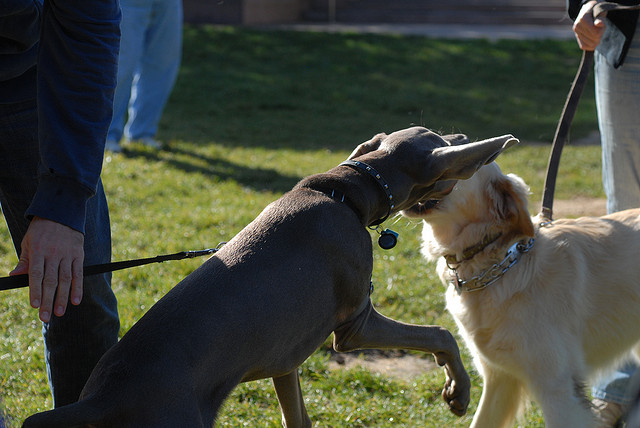
#2 – Know Body Language
Learn dog body language and look for signs such as posturing (stiff dog with neck arched over other dog’s head/neck), hard stares, tight mouth/lips, raised hair along spine, tail up (dog may wag it’s tail!), unwillingness to look or turn away from other dog, growling, barking, etc. These are signals you need to move your dog away immediately. Dr. Sophia Yin’s website has free posters on dog body language.
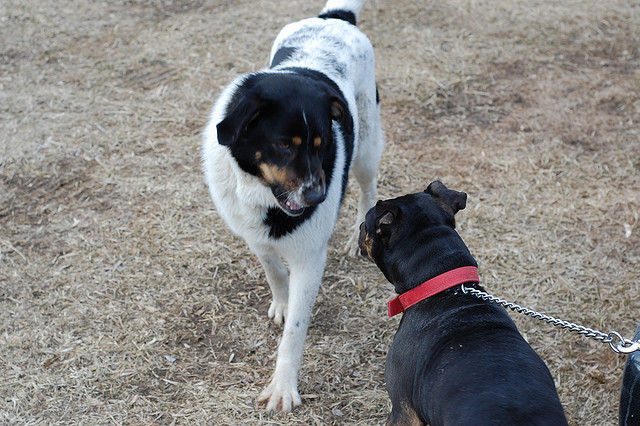
#3 – Carry a Deterrent Spray
Many of us encounter stray dogs or loose dogs on our walks nowadays. These dogs are not always friendly! If you see a dog coming toward you and your dog looking like he means harm, having a citronella spray on you may help you get away and avoid a fight.
Click page 2 below for the next tips!
#4 – Keep a Short Leash
This is one more reason flexi-leads are trouble. If your dog is 15’-20’ feet away from you, you cannot react fast enough to stop a fight (or even see if one is happening!). Keeping your dog on a 6 foot or shorter lead helps you to keep control of them and allows you to react quickly if necessary.

#5 – No Food
Don’t not try and feed treats or chews to a bunch of dogs all at once. NO FOOD AT THE DOG PARK!! And don’t feed a dog that’s coming up to you and your dog on-leash or off. You have no idea if any of these dogs guard and it’s one of the quickest ways to cause a fight (or for you to get bitten by a dog trying to get a treat before the other dogs).
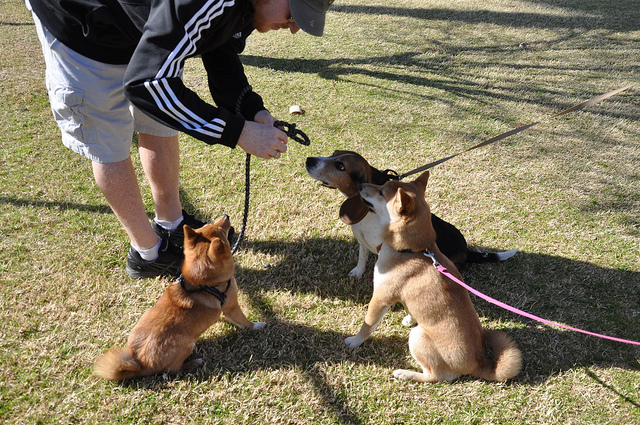
#6 – Be Careful With Toys
Toys, like food, can also be guarded. While it is fun to play ball or disc with your dog at the dog park, be mindful that another dog may decide to join in, with tragic consequences. Watch other dogs for signs of guarding and remove toys if necessary.
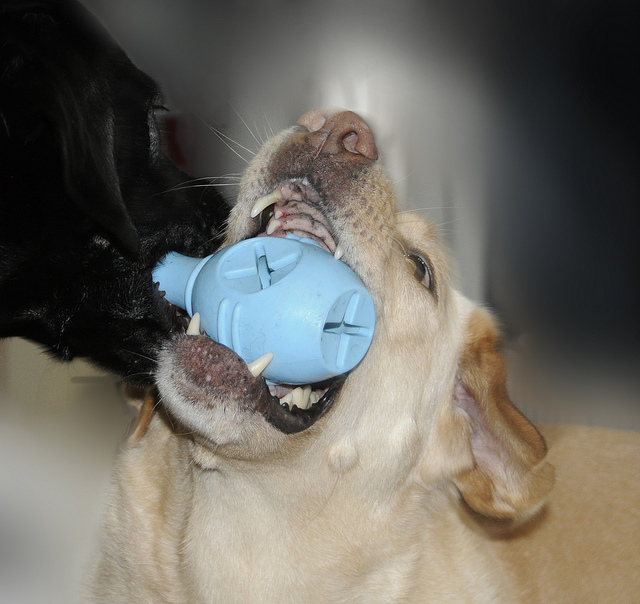
#7 – Take Breaks
Don’t let your dog get over-stimulated, over-tired, or just plan “over” playing. This is another time that fights happen – your dog has had enough, the other dog wants to continue and is not respecting your dog’s requests to be left alone. Soon, it escalates into a fight.
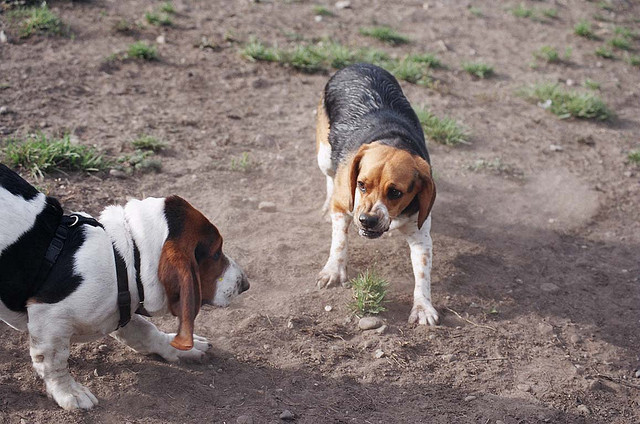
#8 – ASK FIRST!
Have a friendly dog? That doesn’t mean everyone else does! If you are somewhere and you want your dog to greet or play with another dog ASK FIRST! One simple question, “is your dog friendly with other dogs?” may avoid a dog fight.
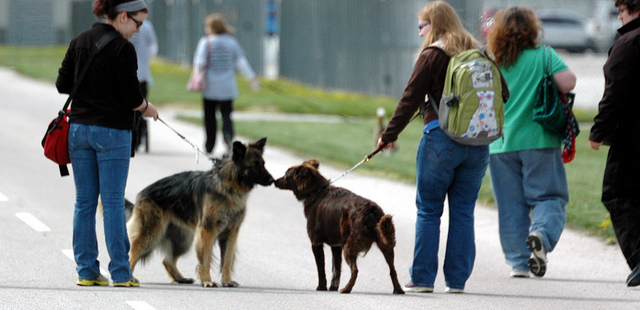
#9 – Walk at “Non-peak” Times
If your dog doesn’t like to greet other dogs, plan your walks during times less people are out – so you minimize the chance of an encounter. Also walk where others are less likely to. I visit parks before I take my dog, and notice if people obey the leash rules or not. If not, my dogs and I don’t go to that park.
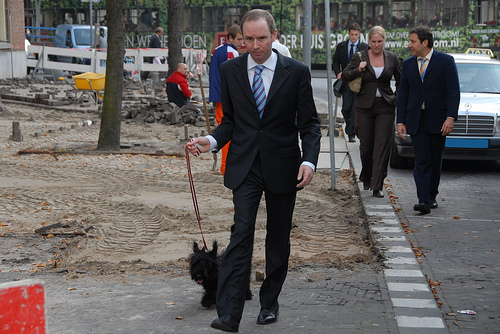
#10 – Don’t Get Distracted
A lot of dog fights happen because the owners get preoccupied on their phones, swapping stories, etc., and stop paying attention to what the dog is doing. While interacting with other dogs, do not lose sight of yours! Just like a kid at the playground, keep tabs on him the whole time.
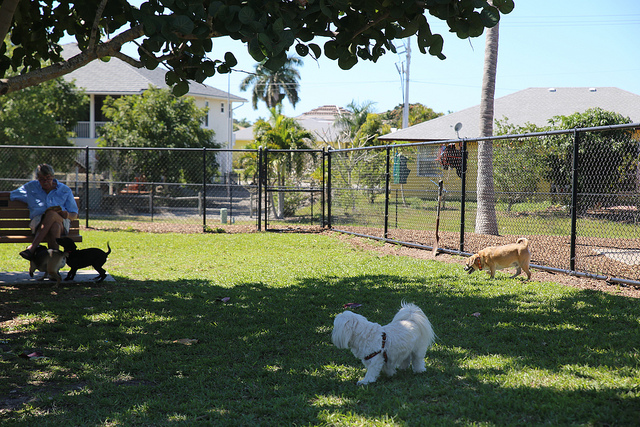
#11 – Separate Them
If you have fighting in your own home over things like food, chewies, toys, or even space (the couch or you!), then you need to keep your dogs separated for feedings, play time, chewing time and maybe even “you” time, until you have worked with a trainer to help you learn how to manage your dog and teach them appropriate behaviors.
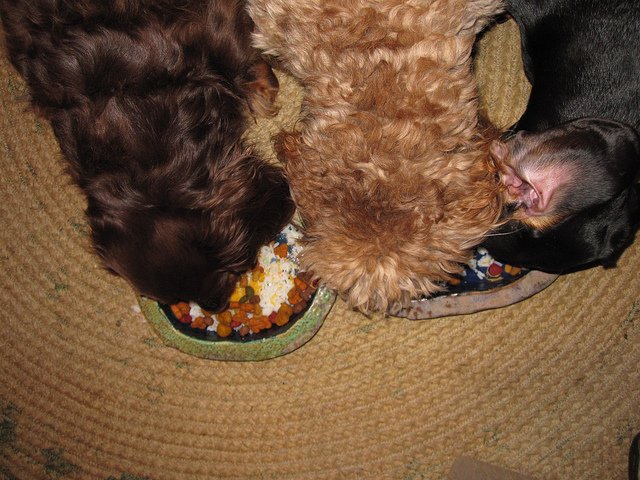
#12 – Training
Training is a great way to avoid dog fights! How? By teaching your dog to focus on you and not the other dogs. A professional trainer can help your reactive dog learn to walk by other dogs without a problem so you can enjoy your walks more. As mentioned above, a trainer can also help you if you fight in your own home due to guarding or redirecting, for example.
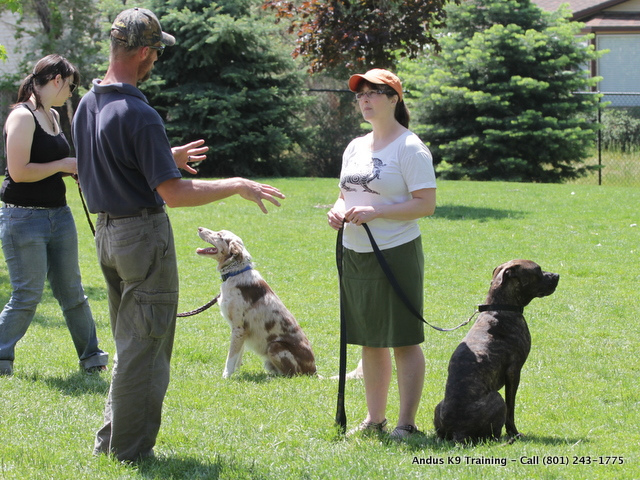

 Toledo, United States.
Toledo, United States.